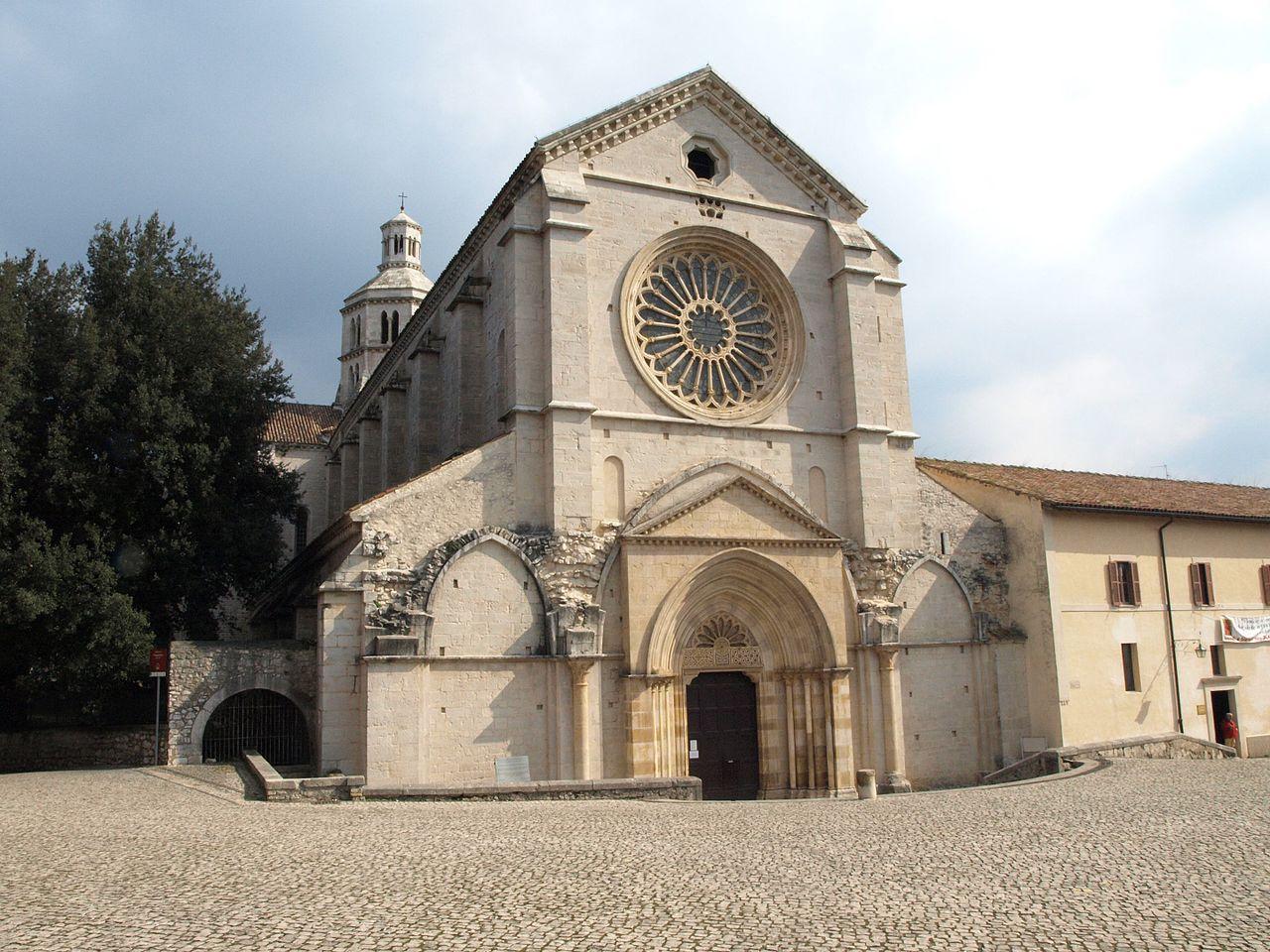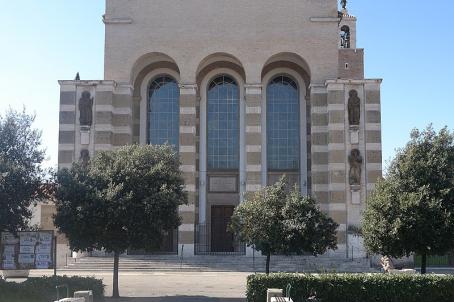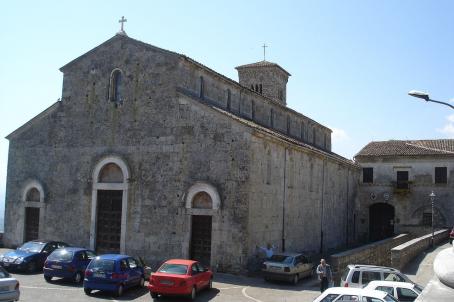Abbey of Fossanova
The Abbey of Fossanova is a daughter of the Abbey of Altacomba from the second half of the 12th century. The Abbey of Fossanova is the oldest example of Cistercian Gothic art in Italy and, together with the Abbey of Casamari, one of its highest expressions. In the infirmary is the room where St. Thomas Aquinas lived, prayed and meditated during the last days of his life and where he died in 1274.






